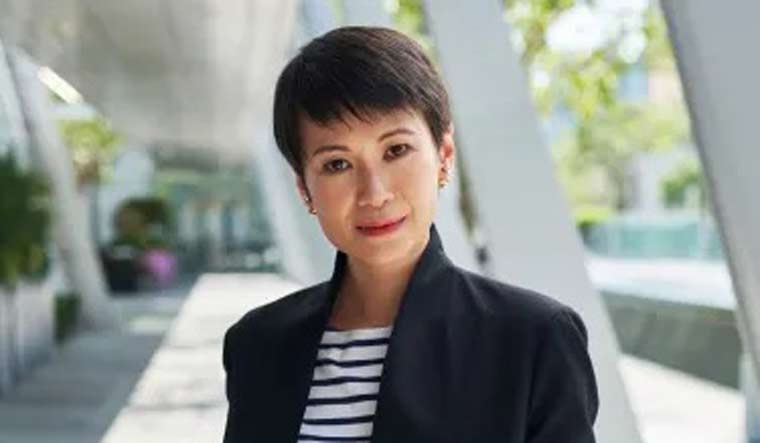The granddaddy of all art fairs, the biggest and one of the most prestigious, Art Basel, couldn't fight the coronavirus last year and had to move all its editions online. It was also the year when the art fair powerhouse would have celebrated its 50th birthday.
As Art Basel cautiously preps up to come back to its physical editions in 2021, Adeline Ooi, Asia director of the fair, talks to The Week on the sidelines of Vasudhaiva Kutumbakam, the annual conference of Kolkata Centre for Creativity, on the way forward for arts fairs to become wiser and stronger.
Edited excerpts:
How would you rate online viewing rooms in driving business in a pandemic year? What were some of the surprises?
For a few years now, digitalisation has been changing the art world in a significant way. Art is becoming more and more accessible and the pandemic only accelerated that further. It has been incredible to watch the innovation of the art world in such a short time. Our online platforms have helped galleries to engage with new and young buyers, in particular, which has been great to see. Galleries who participated in our OVRs reported strong sales across all levels of the market. If you look at the stats from the Art Basel and UBS Global Art Market Report 2020, 57 per cent of online sales made by dealers were to new buyers who had never been to their gallery or met the dealer in person, and millennial collectors were the most regular users of the online channel.
What were some of the changes you noticed in fine-art buying behaviour with publicly posted prices?
The transparency of prices gave many buyers something they have wanted for a long time. Galleries have fed back that it has given newer collectors more confidence to get in touch.
Moving forward, what are some of the ways in which art fairs can be held in financially prudent ways when they get back to the physical format?
The pandemic has proven that collaboration is a key component in supporting the local and international art communities, such as our one-off Hong Kong Spotlight presentation in collaboration with Fine Art Asia last year; Unscheduled at Tai Kwun where the local galleries come together and more. Within the South Asian context, it has been heartwarming to witness the collaborations that have taken place over the past year such as the In Touch, as well as the current On-Site exhibition in Delhi to name a few. And there are so many other similar stories happening across the world, whether in Berlin or Mexico City - galleries have been finding new models of presentation, experimenting with new platforms with a collaborative spirit to overcome challenges by seeking strength in numbers and supporting one another. I believe this approach will continue to evolve and flourish over time.
What are some of the things you do not like about virtual art fairs? What aspects are worrying for you?
I believe that the experience of seeing art or visiting a fair in person cannot be replaced by virtual innovations. Collectors don’t tend to attend fairs exclusively to buy work, just as gallerists don’t only participate to sell works. I don’t feel that artworks can truly hold the same power when digitised. Everyone who goes to a fair, whether that be a collector, gallerist or curator, attends our shows to develop relationships with new and existing clients, to create a dialogue, and exchange ideas. In person interaction still remains vital for a market that was built on trust and nurtured relationships.
What are some of the pre-Covid art fair practices which will not come back anymore?
The art world is constantly innovating and evolving, so it’s exciting to see what the future holds. However, it is hard to tell what the long term impact of the pandemic will be. I anticipate that people will reconsider constant international travel and will more selective in their approach but there are always audience for great artwork. The cultural ecosystem will become a physical and digital hybrid for people from all over the world to connect and engage.
Who are some of most exciting South Asian artists you have discovered in recent years or are hoping to collaborate with?
Too many to name to be honest as South Asian artists have always found a special place in my heart. Having said that, I count Lubna Chowdhury, Ayesha Sultana, Mithu Sen, Shilpa Gupta, Adeela Suleman among some of the most exciting talents who have consistently taken my breath away.



